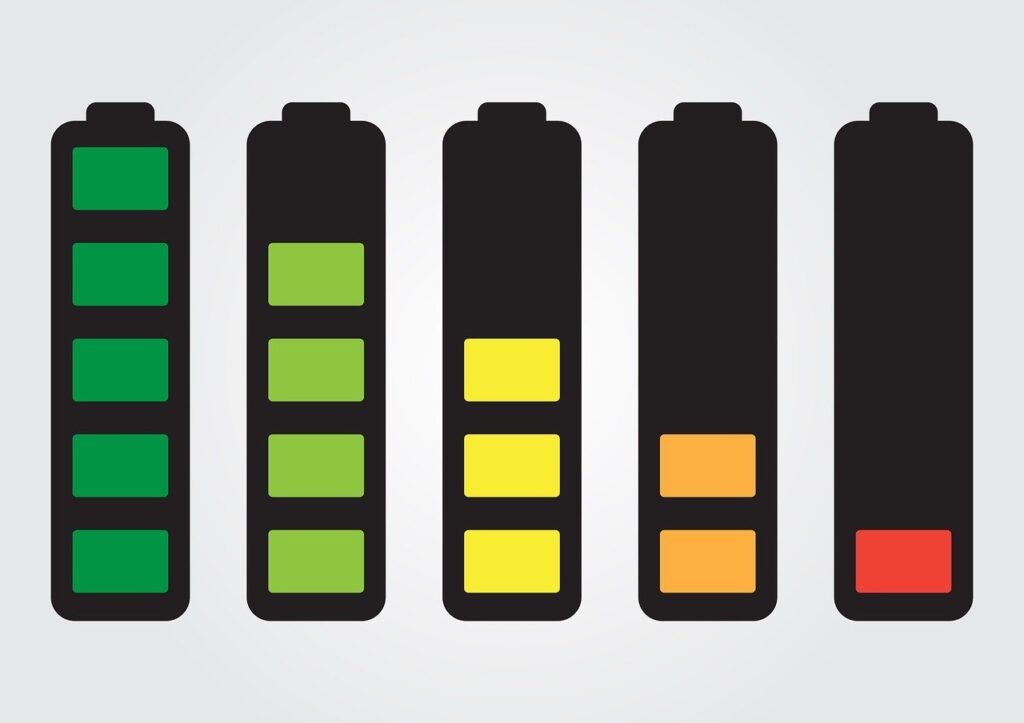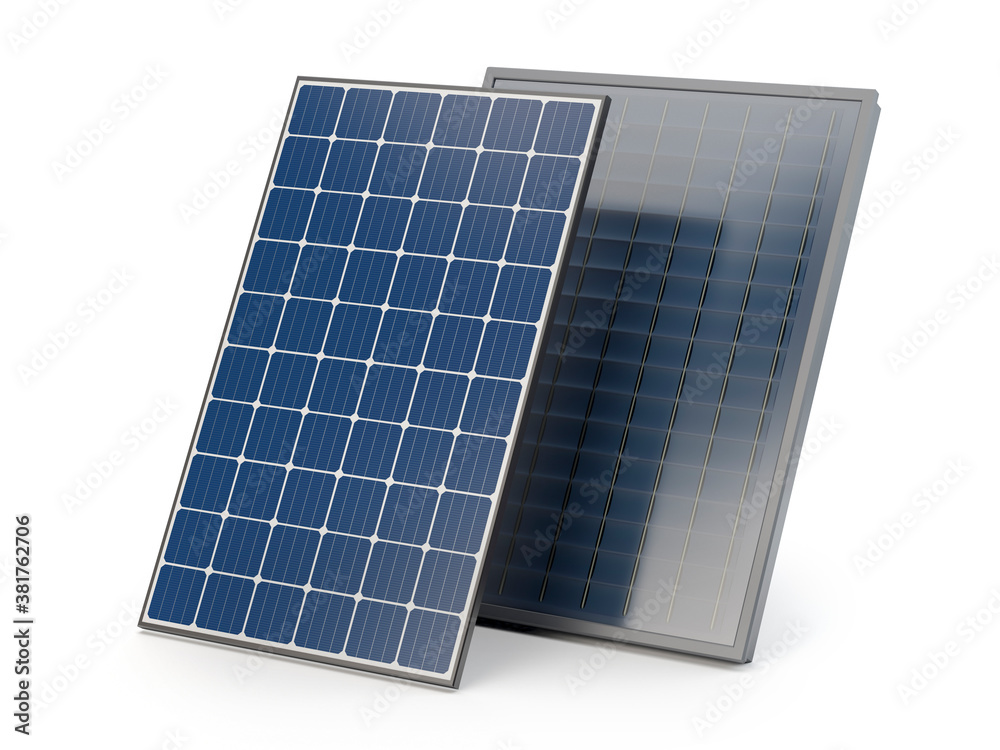In a significant breakthrough for sustainable technology, scientists have developed a new and improved method for recycling batteries that achieves an impressive 98% recovery rate of valuable materials. This innovation not only addresses the growing issue of electronic waste but also supports the sustainable supply of critical minerals needed for the rapidly expanding electric vehicle (EV) market.
The Growing Need for Efficient Battery Recycling
As the world transitions towards cleaner energy sources, the demand for batteries, particularly lithium-ion batteries used in electric vehicles and portable electronics, has skyrocketed. This surge in demand also brings a challenge: managing the end-of-life disposal of these batteries. Traditional recycling methods are often inefficient, costly, and unable to recover all the valuable materials, leading to significant waste and environmental impact.
The Breakthrough Recycling Method
Researchers have developed a novel recycling process that significantly improves the recovery rates of key materials like lithium, cobalt, nickel, and manganese from spent batteries. This method involves several innovative steps:
- Selective Extraction: The new process uses a selective extraction technique that targets specific metals with high efficiency, minimizing the loss of valuable materials.
- Eco-Friendly Approach: Unlike traditional methods that often involve harsh chemicals and high energy consumption, this process is designed to be more environmentally friendly, reducing the carbon footprint and potential environmental hazards associated with battery recycling.
- Scalable and Cost-Effective: The method is not only effective but also scalable, making it viable for industrial applications. This scalability is crucial for meeting the recycling demands as the use of batteries continues to grow.
Benefits of the New Method
- High Recovery Rate: Achieving a 98% recovery rate is a significant improvement over existing methods, ensuring that more materials are reclaimed and reused.
- Reduced Environmental Impact: By recovering more materials, the process reduces the need for mining new resources, which can be environmentally destructive. It also minimizes the amount of waste sent to landfills.
- Support for the EV Market: The efficient recovery of critical metals supports the growing electric vehicle market by providing a sustainable supply of materials needed for battery production.
Future Implications and Research
The development of this new recycling method represents a major step forward in the circular economy for battery materials. It offers a promising solution to the dual challenges of resource scarcity and electronic waste management.
- Industry Adoption: The scalability and cost-effectiveness of the method make it attractive for wide-scale adoption in the recycling industry. Companies and governments can leverage this technology to enhance their sustainability initiatives.
- Further Research: Ongoing research will focus on refining the process, further reducing costs, and exploring the recovery of other valuable components from spent batteries.
Conclusion
The development of a new battery recycling method with a 98% recovery rate marks a significant advancement in sustainable technology. This innovation not only helps mitigate the environmental impact of battery waste but also supports the burgeoning electric vehicle market by providing a reliable supply of critical materials. As the world continues to shift towards greener technologies, such advancements are crucial in ensuring a sustainable and efficient future.
Image by Денис Марчук from Pixabay












